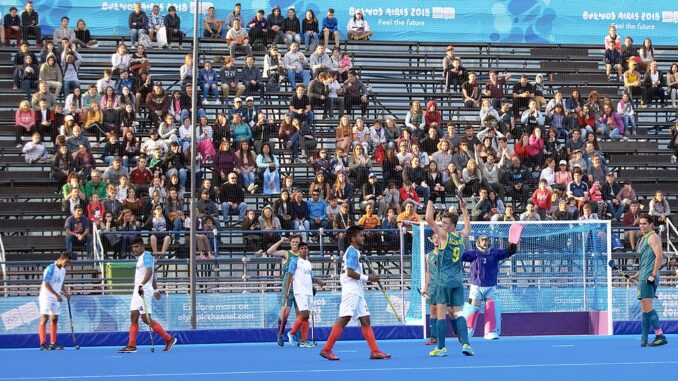
Rules of Field Hockey Discussion Has Released the Following Statements Regarding…
The governing body responsible for the rules of field hockey has recently released a series of statements aimed at clarifying and updating certain regulations within the sport. These statements come after extensive consultations and discussions among officials, players, coaches, and stakeholders worldwide. The primary focus of these declarations is to ensure fair play, enhance the flow of the game, and maintain player safety while adapting to modern developments in field hockey.
One of the key points addressed in the statements concerns the interpretation of the self-pass rule. The self-pass, which allows a player to restart play by passing the ball to themselves, has been under scrutiny for some time. The new clarification emphasizes that the self-pass must be executed immediately after a free hit, without any delay or additional touches. This change is intended to speed up the game and reduce unnecessary stoppages, making the sport more dynamic and engaging for players and spectators alike.
Additionally, the statements highlight modifications to the obstruction rule. Obstruction has long been a contentious issue in field hockey, often leading to debates over what constitutes fair defensive play versus illegal obstruction. The recent clarifications reinforce that a defender may not deliberately block an opponent from playing the ball by positioning their body between the attacker and the ball unless they are within playing distance and actively attempting to play the ball themselves. This aims to protect attacking players from unfair hindrance and encourage skillful defensive tactics.
Player safety remains a top priority in these discussions. The statements reiterate the importance of adhering to rules regarding dangerous play, particularly in relation to stick height and tackles. For example, high tackles or raising the stick above shoulder height in proximity to other players will continue to be strictly penalized. This is part of an ongoing effort to reduce injuries and maintain a safe playing environment, particularly as the pace and physicality of the game increase at all levels.
Another significant area addressed in the statements is the use of video referral technology. While video umpiring has been a valuable addition to major tournaments, the governing body has issued guidelines to ensure its consistent and fair application. Teams are allowed a limited number of referrals per match, and the circumstances under which a referral can be made have been clearly outlined. This aims to prevent the overuse of technology, which can disrupt the flow of the game, while still allowing for correction of critical officiating errors.
The release of these statements also signals the governing body’s commitment to promoting the sport globally. They emphasize the need for coaches, referees, and players to familiarize themselves with the updated rules and interpretations. Educational programs and workshops are being planned to aid in this transition, ensuring that all levels of play adhere to the same standards and promote the spirit of the game.
In conclusion, the recent statements released by the rules discussion committee in field hockey reflect a balanced approach to evolving the game. By clarifying rules, emphasizing fair play, enhancing player safety, and integrating technology thoughtfully, the sport continues to grow in appeal and competitiveness. Stakeholders are encouraged to stay informed and adapt to these changes, ensuring field hockey remains an exciting, fair, and safe sport for all participants.
Would you like me to tailor this more toward a specific aspect of the discussion or add more technical details?
Leave a Reply